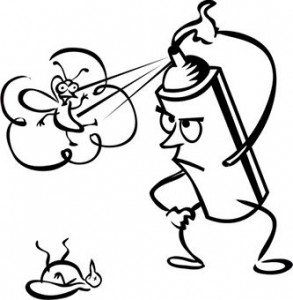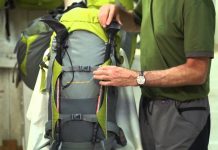When you’re on a camping trip, remember you’re usually in insect territory. They have a habit of biting and stinging and generally bugging you. Perhaps that’s why they’re called bugs. But remember, they’re just doing what comes naturally to them. They don’t have a personal grudge with you.
When you’re indoors you can protect yourself with a mesh, but it’s a different story when you’re walking in the woods.

Insect repellents will help to a certain degree, but make sure you don’t wear perfume and/or brightly colored clothes or you could attract insects.
There are certain things you should keep your eye out for, depending on which part of the world you’re camping in. Take spiders for instance, it’s helpful if you can recognize poisonous ones such as black widows.
It’s also helpful if you know what to do if you come across one or are bitten. Other spiders that can cause harm are fiddlebacks, funnelwebs, and tarantulas. A spider bite will rarely prove to be fatal, unless you’re allergic to a toxin in the venom.
Scorpions are also pretty dangerous and most of them are black or brown and are nocturnal. They have light yellow or green coloring to adapt to desert conditions. Most of them are about an inch long, but in Central America, some of them grow to about eight inches.
Knowing the difference between bees and wasps can be helpful. Bees have plump and hairy bodies, bur hornets and wasps are slender and hairless. Some types of bees live in colonies and others live in wood or the ground.
When bees attack they leave a stinger in your skin which contains a venom sac. Hornets and wasps will attack with their smooth stingers repeatedly.
Ticks are a real pain and they can also spread encephalitis, Rocky Mountain fever, Lyme disease and others. But a tick needs to attach itself to you for about six hours to cause real harm.










